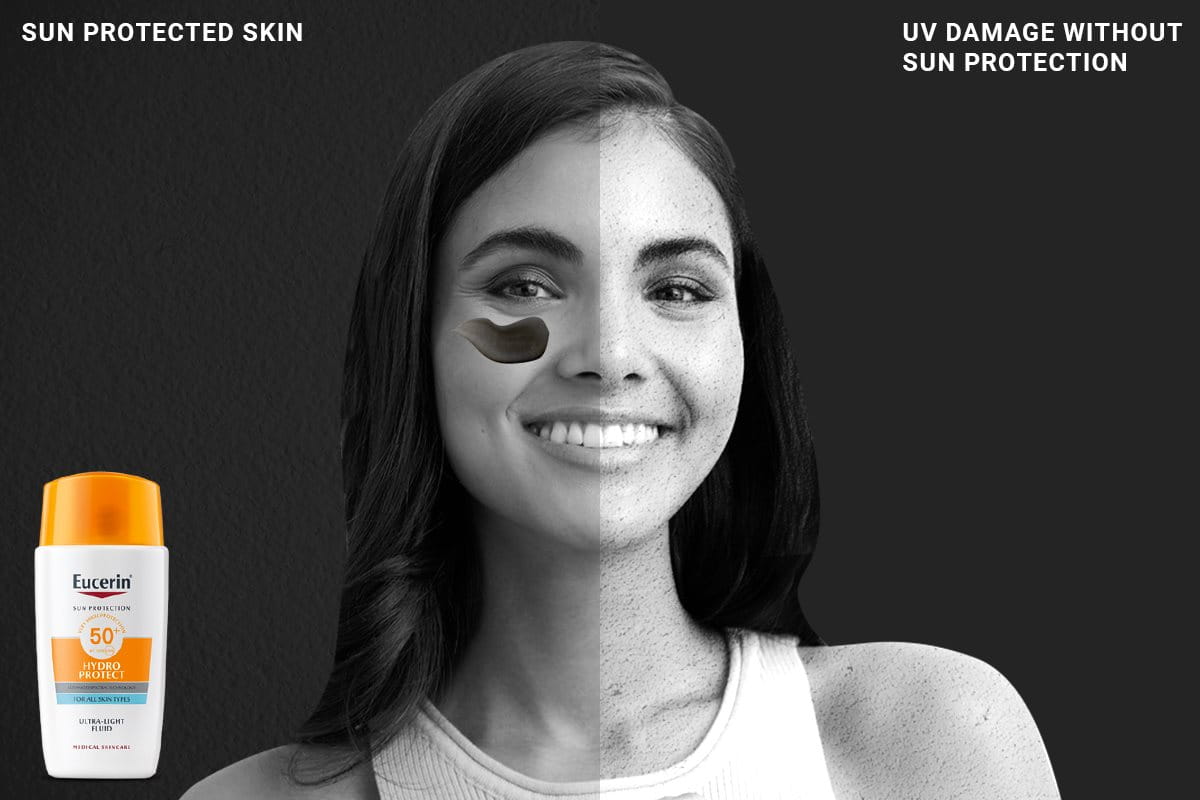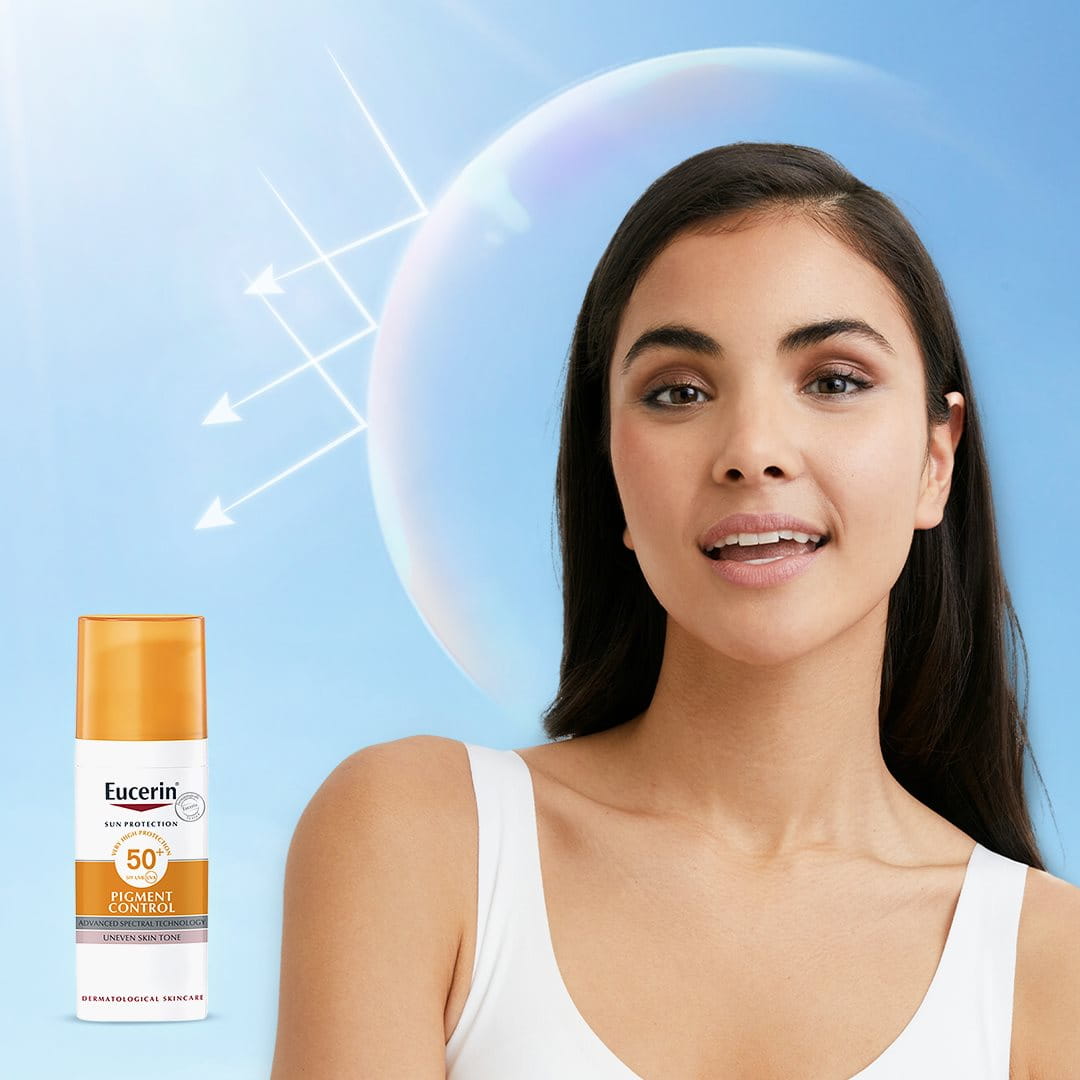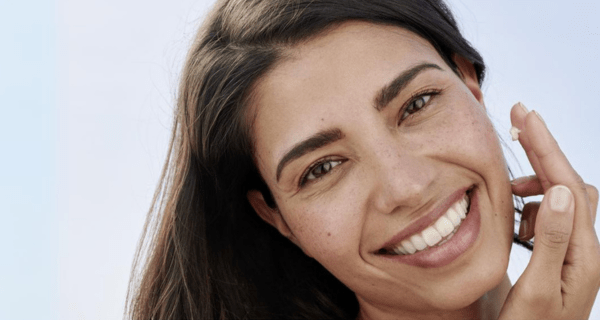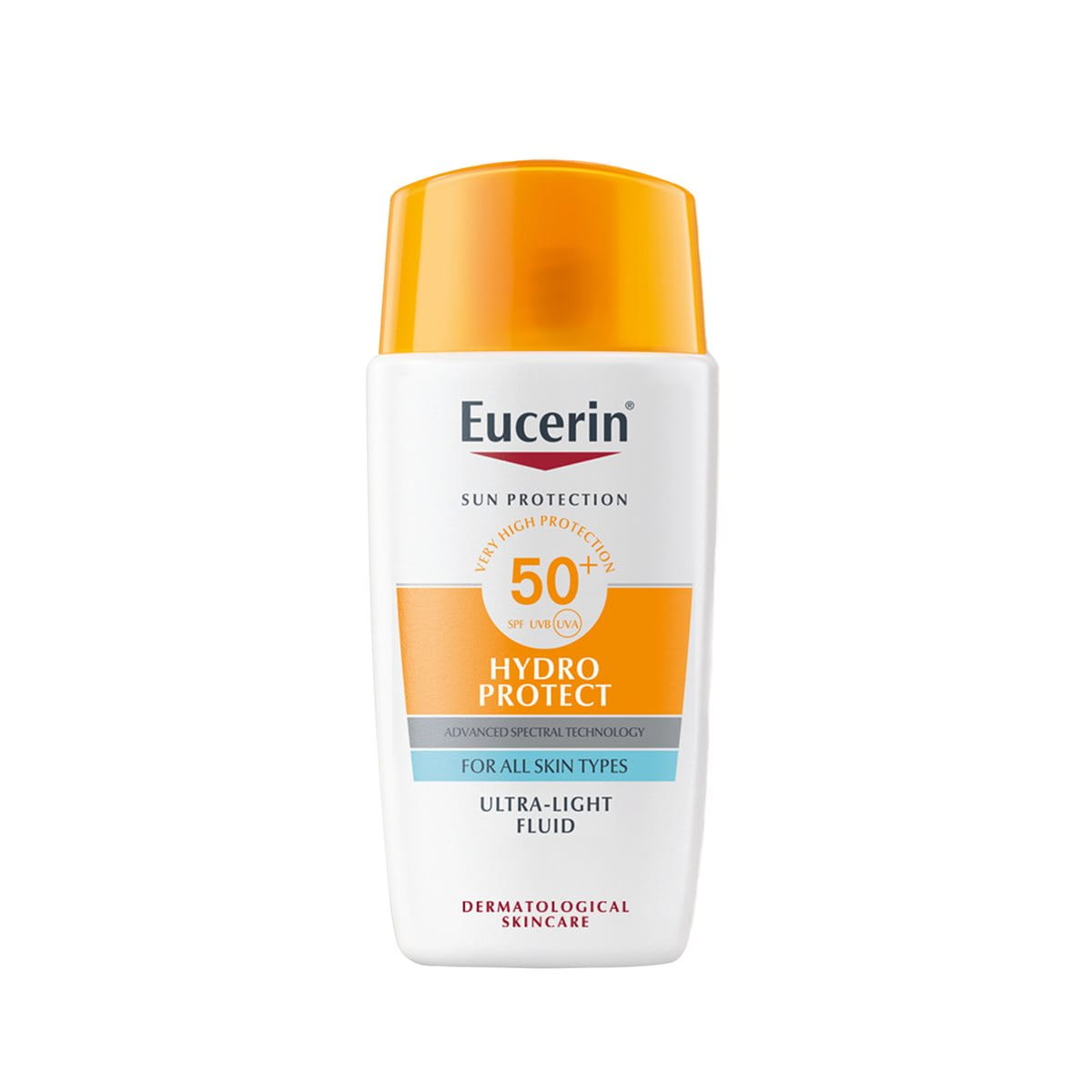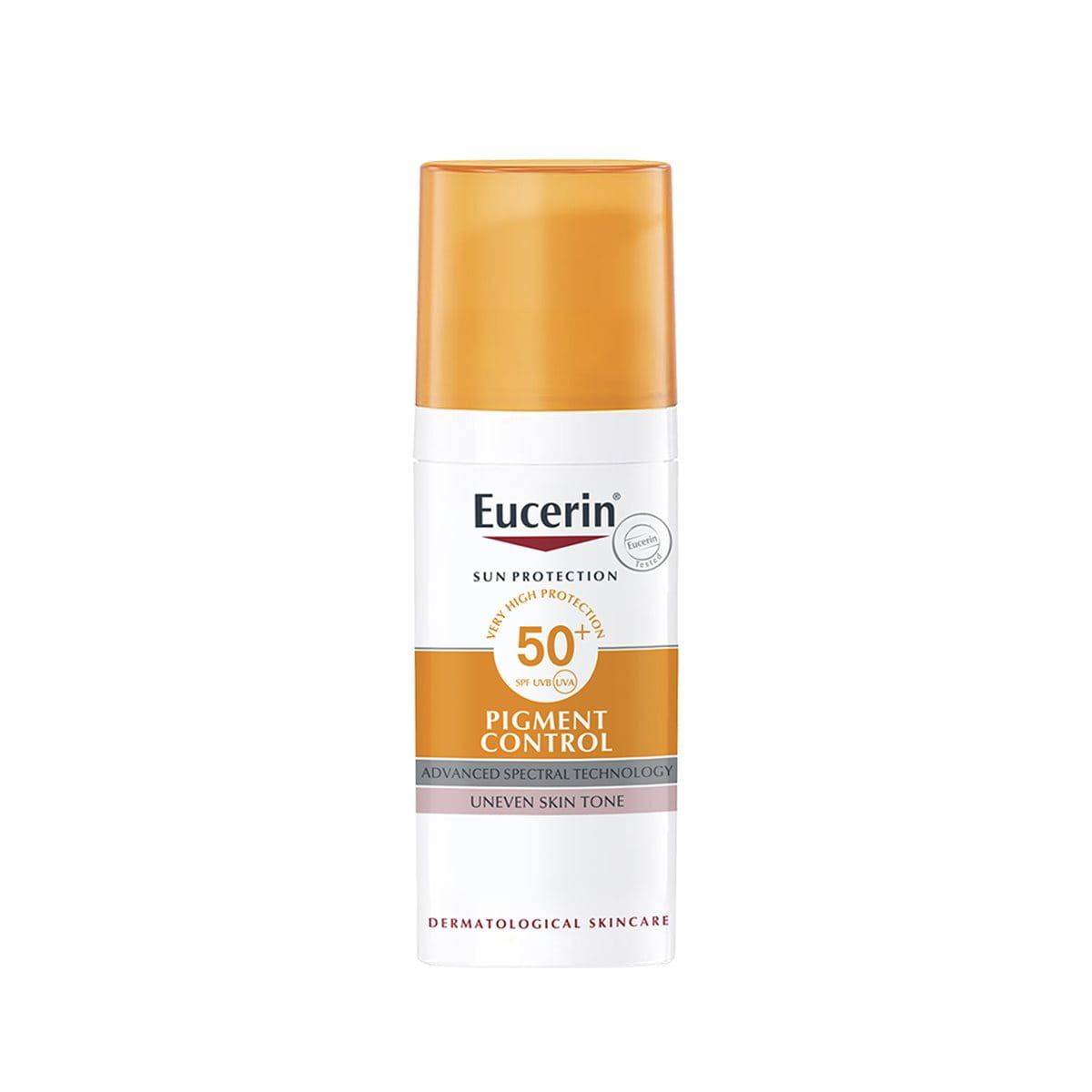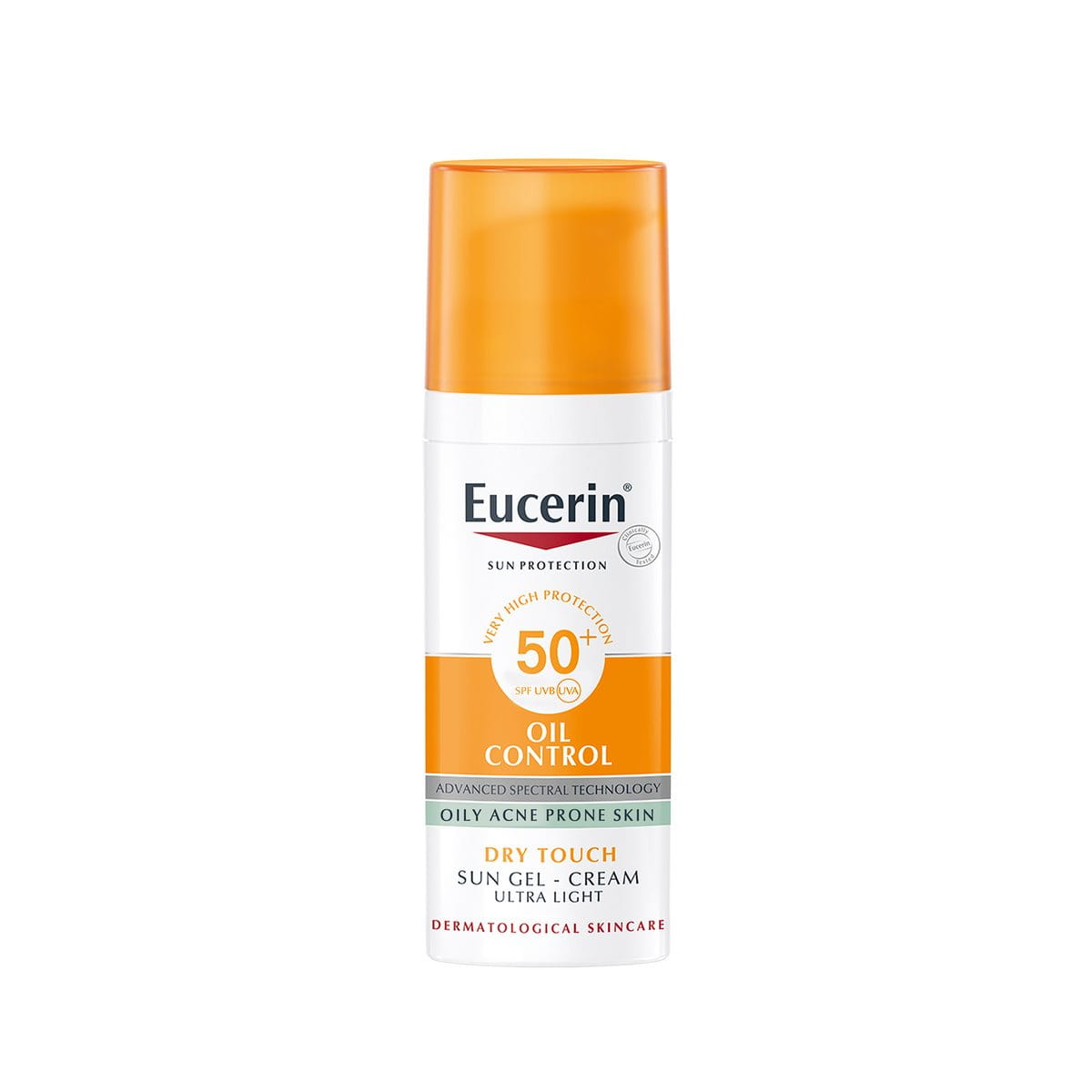Nearly everyone is guilty of picking out sunscreen from the shelf without understanding everything the label means. Broad-spectrum protection, UVA, UVB, HEVIS, SPF, and PA+ begin to look like letters and numbers when you don’t know the science behind sun protection. Don’t remain negligent about the harms of ultraviolet rays and dive into understanding UVA and UVB in sunscreen as simply as possible.
Keynotes:
- UVA and UVB are UV rays with different wavelengths that damage the skin in different ways.
- UVA causes ageing, pigmentation, and dermal skin damage, while UVB leads to sunburn and surface skin damage.
- Broad-spectrum sunscreens protect you from both UVA and UVB, with SPF shielding from UVB and PA ratings from UVA.
- Selecting the right sunscreen with added antioxidants, HEVIS protection, and a suitable formulation is key.

